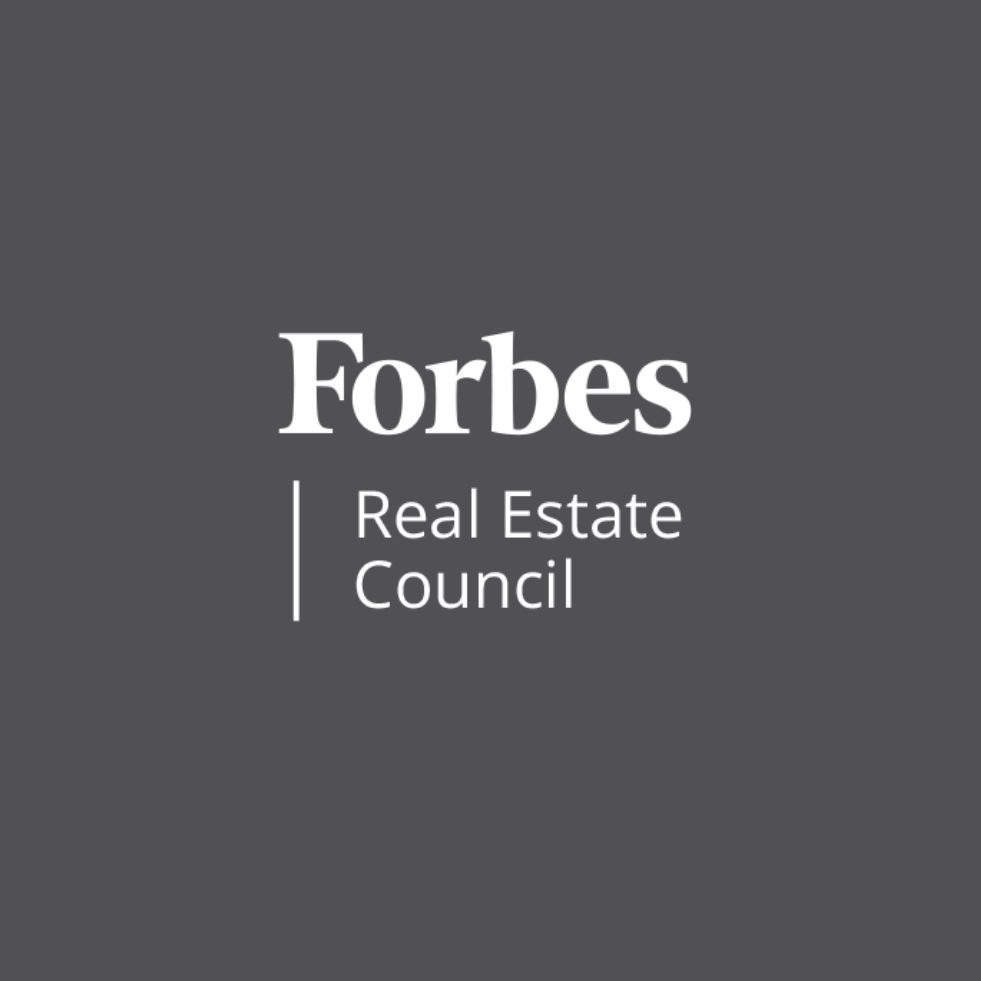

Once an apartment building reaches 90% occupancy, it is considered a stabilized asset and no longer in lease-up. Whether the investors who own the building are developers hoping to sell once it has been stabilized or long-term investors, renewal percentage and stabilized rent trends are key ingredients to the financial health of a building. One thing every investor has in common is that they are all looking to bump rents, and the renewal strategy sets the stage for how much the rent can be increased year over year. Investors should continuously evaluate their methodologies and consider the most innovative ways to manage the renewal process to bump rents and minimize vacancies. Following are the most effective strategies I’ve seen for renewal at a multifamily property.
Before venturing into renewals, take a step back and look at the lease-up. Which units were the hardest to lease? Plan to allocate concessions to these units and consider not bumping the rents as much on these floor plans as others. Then, ask what concessions really drove leases. Were renters more interested in a $100 “look and lease” gift card or one month of free rent? Knowing which concessions worked best will help you budget for concessions moving forward. Looking back at the lease-up process will help you better forecast and strategize how you will manage renewals.
Are you looking for a 3% average rent increase? Are you hoping to never have occupancy drop below 95%? As the market continues to become more competitive and stabilized buildings compete with new lease-ups, understanding your goals becomes even more important.
Read the Full ArticleLuxury Living is here to help you in all aspects of multifamily development. From pre-development consulting to marketing and leasing, we are Chicago’s multifamily leasing expert.